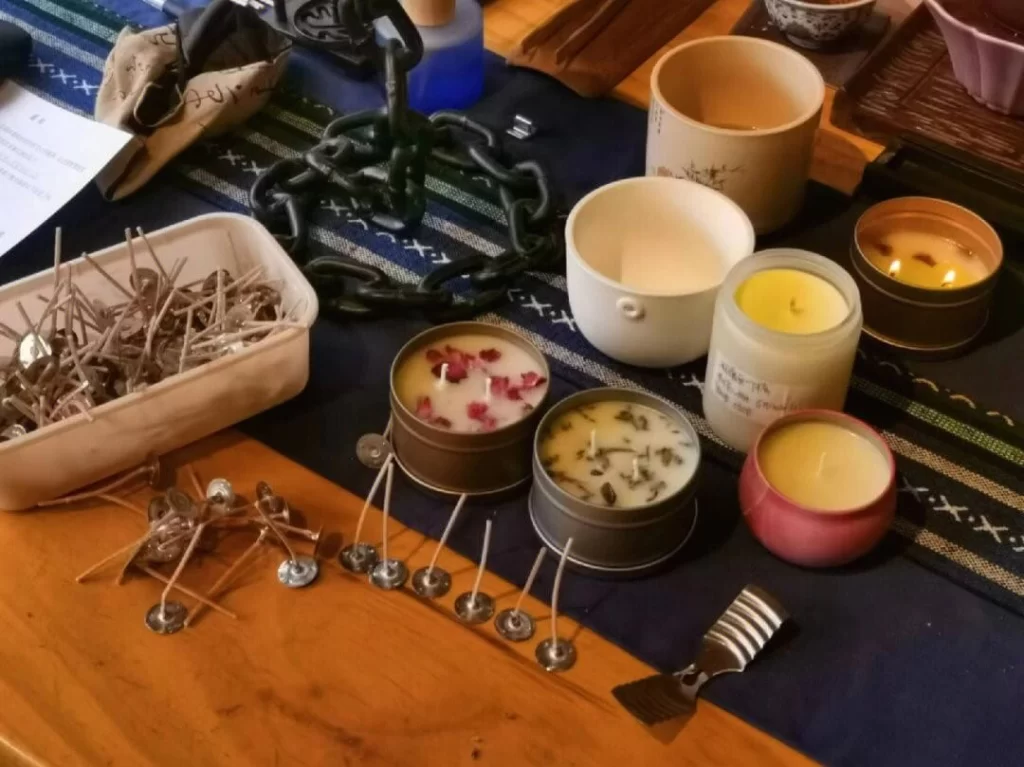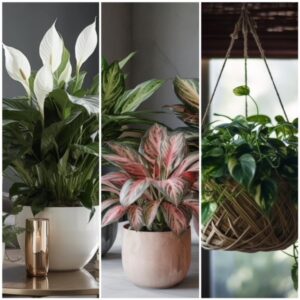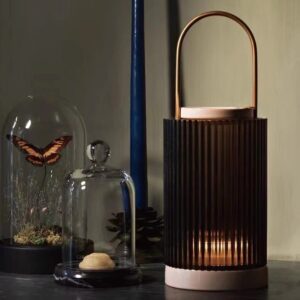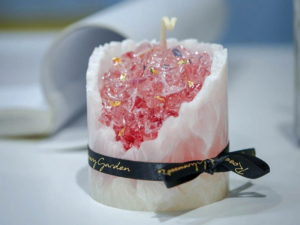Table of Contents
Buying candles is not as simple as picking a scent you like and adding it to your cart. You must pay attention to the wick to get the most out of your candle. The wick is the part of the candle that burns and plays a crucial role in determining how well your candle glows. This Candle Wick Guide will cover everything you need to know about choosing the proper wick for your candle. We’ll discuss the different types of wicks available and how to choose one that will give you the best burning experience.
How Do Candle Wicks Work?
The wick of a candle is the material that carries the candle wax up to the flame. It is responsible for transferring the heat from the candle flame to the wax, which then melts and vaporizes into a flammable gas. The candle wick controls how this happens by regulating how much oxygen reaches the candle wax, which determines how quickly it burns.
Many different types of candle wicks are available, each with advantages and disadvantages. Some are designed for specific applications, such as container candles or votives. Others are more versatile and can be used in various settings and situations.
Types of candle wicks
Candle wicks come in many different shapes, sizes, and materials. Choosing the correct type of wick is essential for ensuring a clean and even burn in your candles. Some of the most common candle wicks include DC wicks (Stabilo), Ecos, Paper cores, braided hemp cores, Zinc cores, and wooden cores.
CD wicks
One of the most popular types of candle wicks is CD wicks. They are flat-braided pure cotton wicks with interwoven paper threads. The flat braided construction naturally helps the wick to curl while burning to produce an even, consistent burn. The CD wicks work well with softer, more viscous natural candle waxes with high fragrance loads.
While CD wicks are popular for candle-makers, they have some drawbacks. They tend to mushroom more or develop more carbon buildup than other wicks because of the higher paper-to-cotton ratio compared to Ecos.
Paper core wicks
Another common type of candle wick is the paper core wick. The paper core wick features a cotton outer braid surrounding an inner paper filament. The paper prevents the candle from smoking or dripping while still allowing it to burn cleanly with even flames and excellent flame control.
However, One major drawback of paper core candle wicks is that they burn very hot and create a huge melt pool. They are commonly used in large containers.
Eco wicks
The Eco wick is a flat, coreless cotton wick braided with thin paper filaments. This braiding technique improves rigidity compared to CD wicks and paper-cored wicks. It has a self-trimming effect, which results in minimized mushrooming, soot, and smoke. They have been designed to significantly reduce the “afterglow” and smoke often seen in paper-cored wicks. It works better with vegetable wax rather than paraffin wax.
One major drawback of paper-wrapped candle wicks is that they require regular maintenance, such as trimming, to prevent them from breaking or sagging. Additionally, since the wick contains exposed cotton fibers, it can be more prone to smoldering or smoking when burning than other candle wicks.
HTP wicks
HTP wicks are also referred to as high-tension paper wicks. They are cordless cotton braided wicks designed to leave fewer carbon buildups and less smoking. HTP wicks result in cleaner burning and self-trimming. They control the curling and more efficient flame.
It works well with paraffin wax and soy wax.
Hemp candle wick
Hemp wicks are amongst the oldest and also most widely used all-natural herbal cannabis products today. These wicks burn slowly at low temperatures and have little smoke, which makes your candles last longer and have a pleasant burning experience. Hemp wick is water resistant, making it the perfect outdoor option.
Hemp candle wick always uses beeswax to slow its burn rate.
Zinc core wicks
Zinc core wicks are cotton braids with a Zinc core. These carefully crafted candle wick types feature tightly twisted strands of zinc that contain no exposed fibers and resist breakage during burning. They produce bright flames with minimal soot or smoke, making them an excellent choice for candle-making projects.
But Zinc core wicks tend to mushroom more than other wicks. It could be minimized by keep trimming the wick.
Wooden candle wick
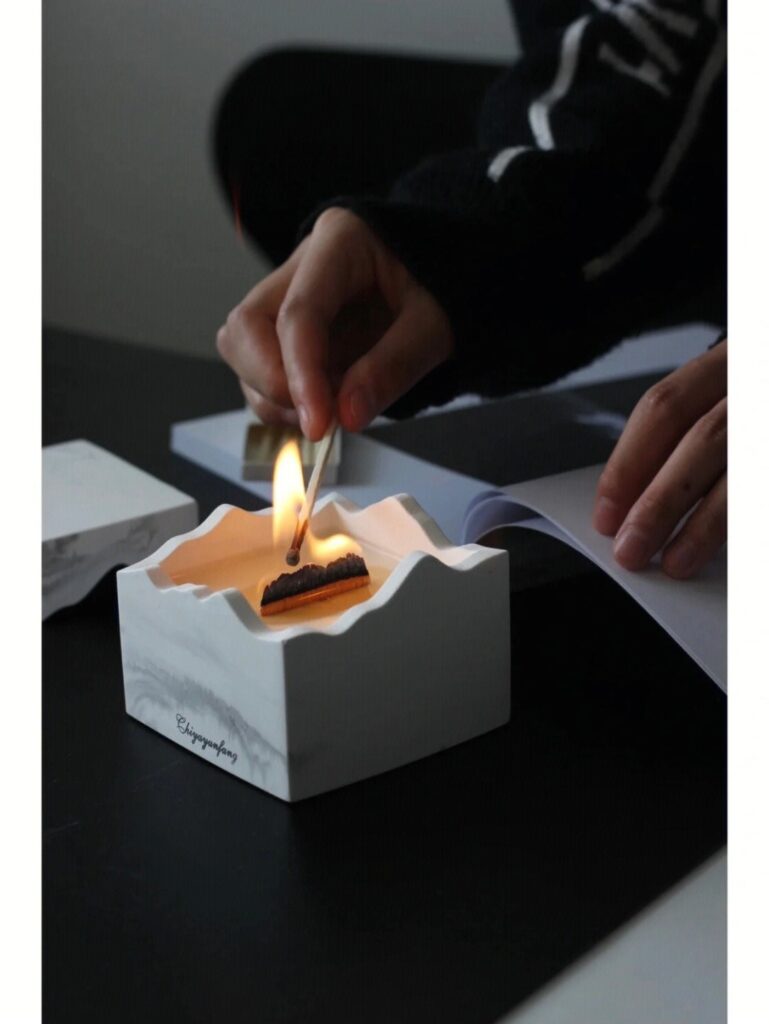
If you are looking for a candle wick that produces a warm, natural candle flame with minimal smoke or soot, then a wooden candle wick may be the right choice. These unique candle wicks are made from sustainably sourced wood fibers that produce bright flames and easily absorb candle wax to prevent breakage during use. Furthermore, Wooden wicks have a crackling sound when burning and create a sense of ambiance.
While wooden candle wicks offer many advantages, they also have some drawbacks. They have a relatively slow diffusion rate. Wooden wicks should only be used in containers, not pillars or votives.
How does the size of the wick affect the candle burning?
The rate of wick consumption needs to be balanced with the speed of wax consumption, and the thickness of the wick is based on the diameter of the candle. It is important to trim the wick before burning. 7 mm above the wax surface is the optimum length.
A wick too thick or too thin will not work well with the wax. A wick that is too thin will only melt the wax around the wick, causing the middle to collapse; a wick that is too thick will burn too quickly, causing mushrooming and consuming extra wax and fragrance.
The multi-wicks achieve good burning for large containers, generally in diameter over 3-inches.
Conclusion
You should not underestimate the wick’s importance in achieving a great scented candle experience!
Candle wicks are not one size fits all. The wrong wick can ruin your candle, making it difficult to light, hard to keep lit, and leaving unsightly soot on the sides of your container.

